10 Spicy Secrets of the Mediterranean Diet: From Olive Oil to Za’atar Power!
If you thought the Mediterranean Diet was all about olive oil and bread, think again! Sure, it's famous for its heart-healthy fats and fresh veggies — but let’s not forget one key ingredient that brings this cuisine to life: spices. Yep, the magic behind those rich flavors lies in a colorful array of herbs and spices passed down through generations.
In this blog post, we're spicing things up with a deep dive into the traditional Mediterranean diet — complete with spice profiles, flavor hacks, and a few “hot” tips that even your nonna might not know. So grab your apron (and maybe a fan), because we’re going global with Global Spice Traditions!
Table of Contents
- 1. What Exactly Is the Traditional Mediterranean Diet?
- 2. The Holy Trinity of Mediterranean Spices
- 3. Spice Spotlight: Oregano, Basil, Saffron & More
- 4. Regional Flavor Fights: North Africa vs. Southern Europe
- 5. Cooking Tips: How to Spice Like a True Mediterranean Local
- 6. Visual Guide: Mediterranean Spice Cheat Sheet
- 7. Health Benefits: Spices That Do More Than Just Taste Good
- 8. Quick Recipes: Your Spice Cabinet to Dinner Table in 30 Minutes
- 9. Storing Spices the Smart Way: No Musty Jars Allowed!
- 10. Final Thoughts: Why This Diet Keeps Winning Every Flavor Fight
1. What Exactly Is the Traditional Mediterranean Diet?
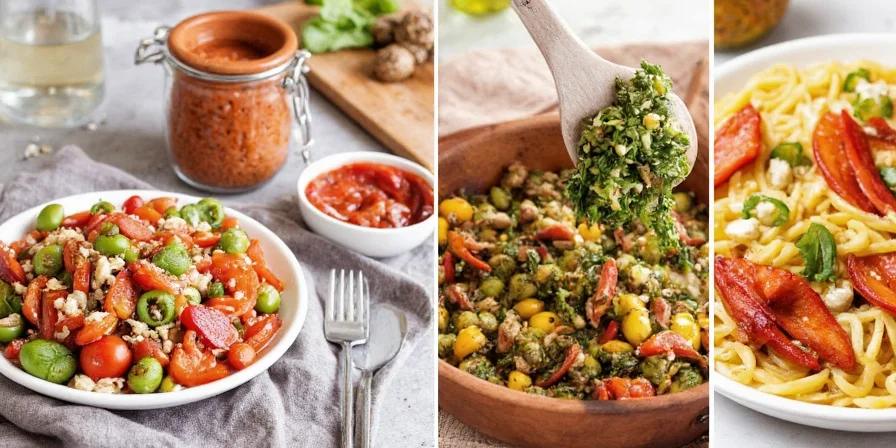
The traditional Mediterranean diet is more than just food — it’s a lifestyle rooted in the culinary customs of Greece, Italy, Spain, Turkey, and parts of the Middle East. It emphasizes whole foods, seasonal ingredients, and most importantly, bold seasoning with spices that have been traded across seas for millennia.
This diet isn’t about calorie counting or restriction; it’s about savoring food with purpose. Think grilled fish seasoned with lemon and oregano, hearty stews fragrant with cumin and paprika, and salads bursting with herbs and olive oil.
2. The Holy Trinity of Mediterranean Spices
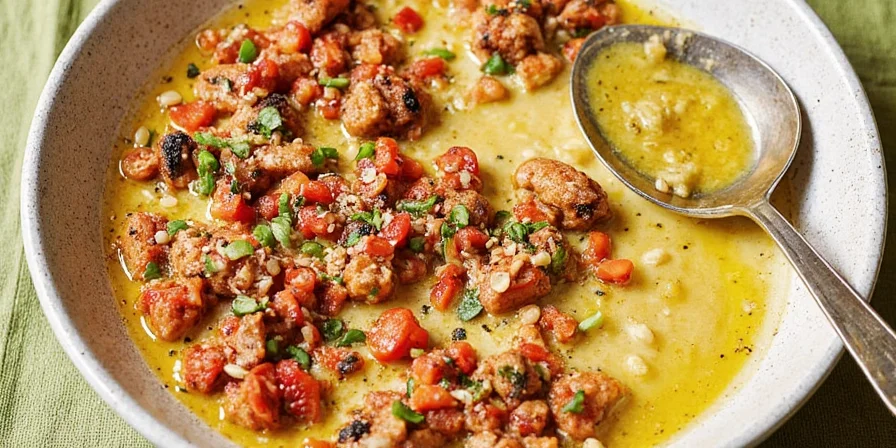
Just like how every kitchen has its staples, Mediterranean cooking has what I call the “Holy Trinity”:
- Olive oil – Not just a fat, but a flavor carrier and cultural icon.
- Garlic – Used generously from Morocco to Sicily, adding depth and punch.
- Oregano – Especially popular in Greek and Italian dishes, lending earthy warmth.
Together, they form the backbone of countless dishes and set the stage for other regional spices to shine.
3. Spice Spotlight: Oregano, Basil, Saffron & More
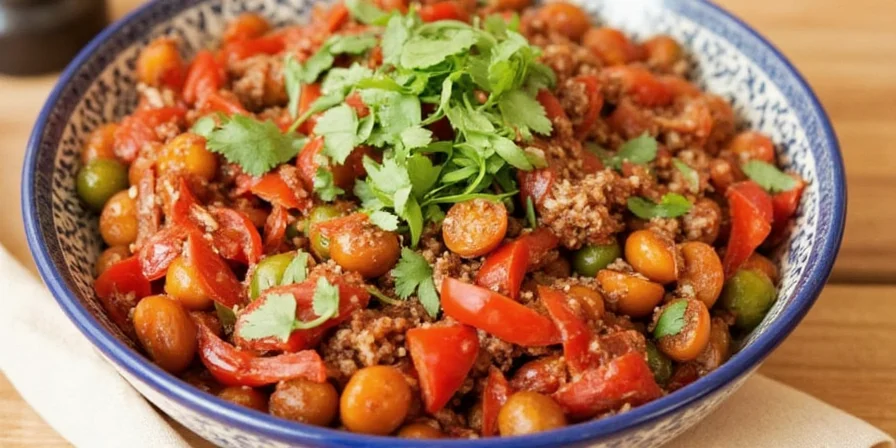
Let’s take a closer look at some star players in Mediterranean cuisine:
| Spice | Origin | Flavor Profile | Common Uses |
|---|---|---|---|
| Oregano | Greece, Italy | Earthy, slightly bitter | Pizza, tomato sauces, grilled meats |
| Basil | Italy | Sweet, peppery | Pesto, caprese salad, seafood dishes |
| Cumin | North Africa, Middle East | Warm, nutty, earthy | Harissa, tagines, lentil soups |
| Paprika | Spain, Hungary | Smoky to sweet depending on type | Paella, shakshuka, chorizo |
| Za'atar | Lebanon, Israel, Palestine | Tangy, herbal, sesame-y | Dipping oil, flatbreads, roasted veggies |
| Saffron | Spain, Iran | Delicate floral, slightly sweet | Paella, risotto, desserts |
Each spice tells a story — of trade routes, family traditions, and sun-soaked kitchens.
4. Regional Flavor Fights: North Africa vs. Southern Europe

While both regions share olive oil as a common love language, their approach to spice can be wildly different:
- Northern Africa: Big on bold, aromatic blends like ras el hanout and harissa. Think chili heat meets ancient spice wisdom.
- Southern Europe: More subtle and herb-forward — basil, parsley, rosemary, and thyme rule here.
This contrast creates an exciting flavor playground. One minute you’re tasting smoky paprika in Spanish paella, the next you’re biting into a Tunisian lamb tagine seasoned with cumin and cinnamon.
5. Cooking Tips: How to Spice Like a True Mediterranean Local
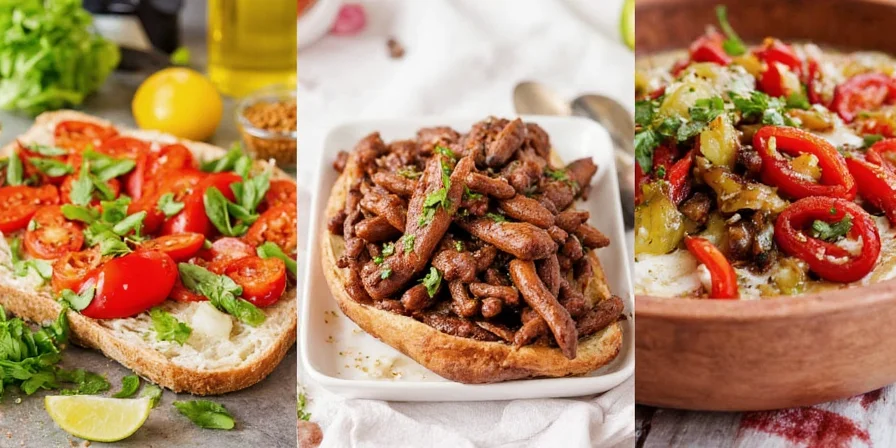
Want to bring authentic Mediterranean flair to your kitchen? Here are some pro-level tricks:
- Toasting spices first releases essential oils — especially useful for cumin, coriander, and fennel seeds.
- Make your own za’atar blend by combining dried thyme, sumac, toasted sesame seeds, and salt.
- Infuse olive oil with garlic, chili flakes, or rosemary for an instant flavor boost.
- Add herbs at the right time — delicate ones like basil and parsley should be added near the end; heartier ones like oregano and thyme can simmer longer.
- Balance is key — too much salt? Add a squeeze of lemon or vinegar to lift the flavors.
6. Visual Guide: Mediterranean Spice Cheat Sheet
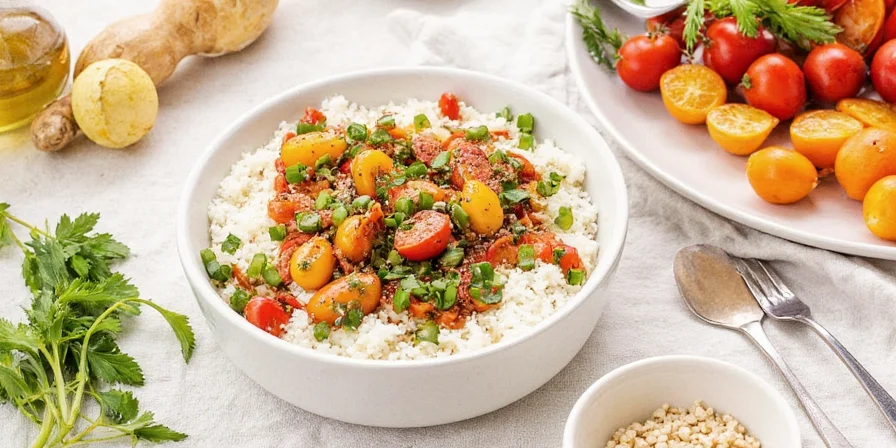
Need a quick reference? Print out this handy guide and keep it in your kitchen:
| Spice | Pair With | Dish Idea |
|---|---|---|
| Oregano | Tomato sauce, grilled meat | Mediterranean Lamb Chops |
| Basil | Fresh mozzarella, tomatoes | Caprese Salad |
| Cumin | Lamb, chickpeas, eggplant | Spiced Eggplant Dip |
| Za’atar | Olive oil, pita, labneh | Za’atar Flatbread |
| Paprika | Seafood, rice, onions | Shrimp Paella |
| Saffron | Rice, seafood, chicken | Saffron Risotto |
7. Health Benefits: Spices That Do More Than Just Taste Good
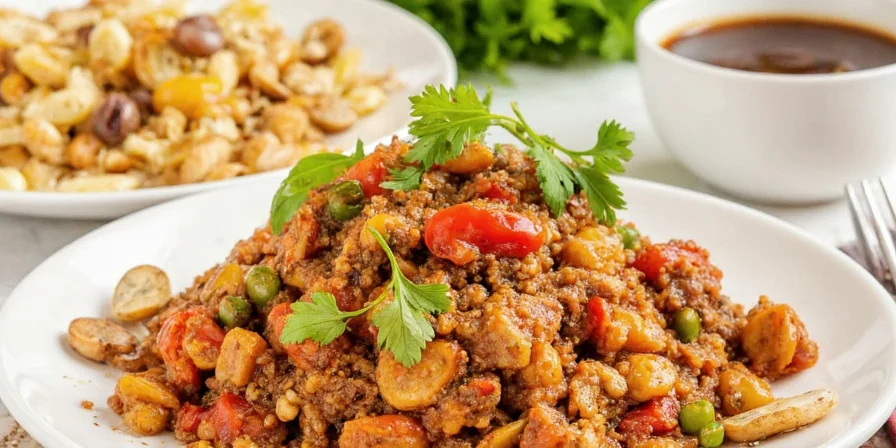
You already know the Mediterranean diet is good for your heart, but did you know many of its signature spices also come packed with health benefits?
- Oregano contains antioxidants and antimicrobial properties.
- Cumin may aid digestion and help regulate blood sugar levels.
- Saffron has been linked to improved mood and appetite control.
- Za’atar (thanks to sumac) provides vitamin C and anti-inflammatory compounds.
So when you're reaching for the spice jar, you're not just enhancing taste — you're upgrading your health game too.
8. Quick Recipes: Your Spice Cabinet to Dinner Table in 30 Minutes

Short on time but big on flavor? These recipes will get you there fast:
- One-Pan Za’atar Chicken & Veggies
Toss chicken thighs, cherry tomatoes, bell peppers, and zucchini with olive oil, za’atar, salt, and pepper. Roast at 400°F for 25–30 mins. Serve with warm pita and tzatziki. - Speedy Shakshuka with Paprika
Sauté onion, garlic, and bell pepper. Stir in crushed tomatoes, smoked paprika, salt, sugar, and simmer. Crack eggs in the mixture and cook until done. Top with chopped parsley. - Spiced Chickpea & Couscous Skillet
Sauté onion, garlic, and ground cumin. Add vegetable broth, canned chickpeas, diced tomatoes, and couscous. Simmer 15 mins. Stir in lemon juice and chopped cilantro before serving.
9. Storing Spices the Smart Way: No Musty Jars Allowed!
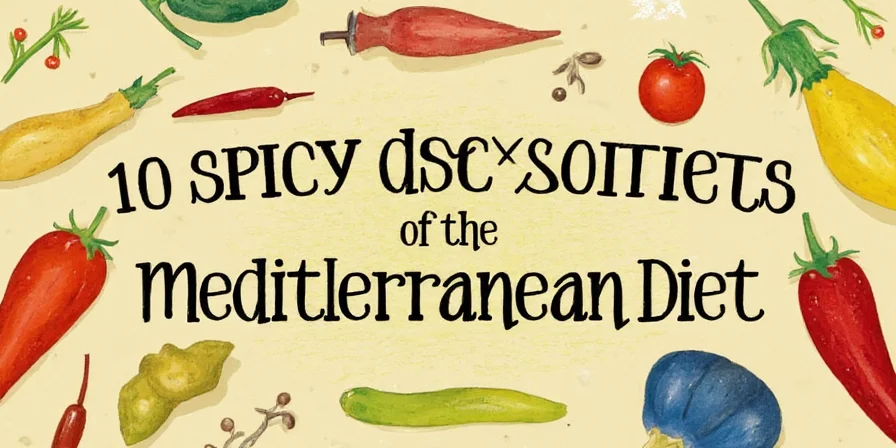
A great spice collection is useless if your spices go stale. Here’s how to keep them vibrant and flavorful:
- Store in airtight containers away from heat and light — clear glass jars work best so you can easily see what you have.
- Label and date every spice you buy or grind yourself.
- Buy in small quantities unless you use a lot — spices lose potency over time.
- Whole spices last longer than ground ones. Grind as needed for maximum freshness.
- Keep away from steam — moisture is the enemy of spice longevity.
10. Final Thoughts: Why This Diet Keeps Winning Every Flavor Fight
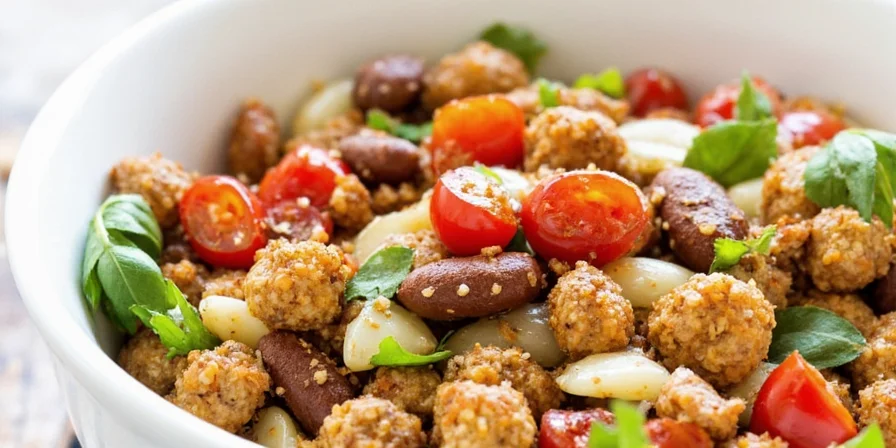
The traditional Mediterranean diet stands the test of time not only because it’s healthy, but because it’s deeply rooted in flavor, culture, and community. Whether you're drizzling olive oil over crusty bread or roasting eggplant with cumin and paprika, each bite tells a story — one of shared meals, slow living, and spicy soulfulness.
So next time you reach for salt, why not grab a pinch of something bolder? After all, the Mediterranean diet isn’t just a way to eat — it’s a way to live deliciously.

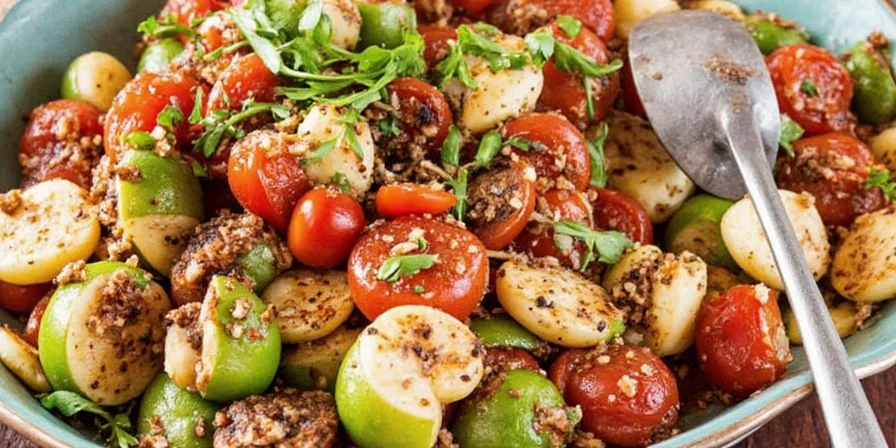









 浙公网安备
33010002000092号
浙公网安备
33010002000092号 浙B2-20120091-4
浙B2-20120091-4